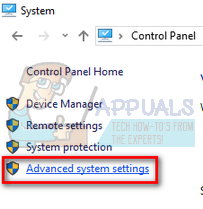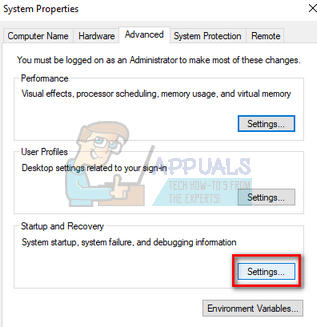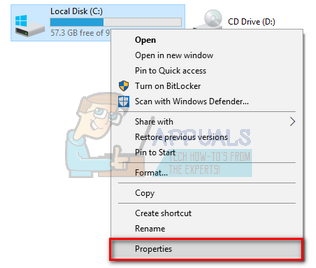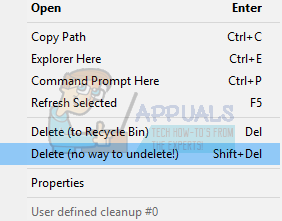Complete memory dump: This is the biggest type of memory dump possible. This contains a copy of all the data used by your operating system in the physical memory. So for example, if you have an 8GB of RAM and Windows was using 4GB at the time of the crash, the memory dump will be of 4GB.Small memory dump (256 Kb): this is the smallest memory dump and contains very little information. It is helpful in identifying the error but is useful when trying to debug a problem.Kernel memory dump: This memory dump is 1/3rd the size of your physical memory. It only includes the memory allocated to the Windows Kernel and hardware abstraction level. This also includes the memory allocated to kernel-mode drivers and other kernel-mode programs.Automatic memory dump: This contains the exact same size of memory of Kernel memory dump.
Windows saves all these memory dumps in form of System Error Memory Dump files in your local disk C. The disk cleanup utility can be used to delete these files and make the storage usable. These dumps can accumulate over time and even reach the size of 100GB. However, many users reported that the disk cleanup utility failed to delete the required files.
There are many solutions to tackle this problem. One is to use elevated disk clean-up or execute commands through the command prompt. Follow the solutions listed below.
Solution 1: Using Elevated Clean-up
We can try using the elevated clean-up utility to clear the memory dumps in your system. If the memory dump in your system is in the process to be analyzed or waiting to be taken action onto, you might not be able to clear it using the normal clean-up utility.
Note: Some users reported that the elevated cleanup and the normal cleanup had different values for System error memory dump files. If you see a larger value in the elevated versions, don’t worry. You can remove the files without any consequences.
Solution 2: Using Extended Disk Cleanup
We can try cleaning your dump files using the Extended Disk Cleanup utility. Unlike the normal one, it contains more options for you to choose from and gives you increased details (such as old versions of windows etc.) to choose from. Do note that you require an administrator account along with administrative privileges to use this solution.
Solution 3: Deleting the dump files physically
If the above two solutions don’t work, we can try deleting the files physically. First, we will check the location where the dumps are being created, then navigate to the location via file explorer and delete the files manually.
Restart your computer and hopefully, the problem will be solved.
Solution 4: Disabling Indexing In Local Disk C
Indexing is a service in Windows which maintains the index of most of the files on your computer. This is primarily done to improve searches and file retrieval. The indexing is automatically and the index library is updated every once in a while.
However, many users reported that indexing was causing the problem. It was eating up space and wasn’t helpful in any way. Of course, each computer configuration might be different it isn’t necessary that this also applies to you. This solution is particularly helpful if space is occupied by an
Solution 5: Using WinDirStat to analyze space usage
WinDirStat is an open-source disk usage analyzer and cleanup software. The program scans the hard drive and displays the results in a colorful visualization for each used space. The advantage of using this tool is that you can get a clear concept about files that are consuming most of your disk space. It also features an option within its interface which allows you to delete the files from there. Download WinDirStat from the official website (be cautious while downloading from external links). Note: Appuals doesn’t have any affiliations with any third-party programs. They are only listed for the benefit of the users. Install and use them at your own risk.
Note: Be careful while using this tool. Never delete items you don’t know about as you might accidentally delete system files which may render your PC unusable. In this case, we are only deleting DUMP which is of no use.
Solution 6: Executing some commands in Command Prompt
As a last resort, we can try executing some commands in an elevated command prompt and check if this frees any space. Do note that you require an administrative account to follow this solution.
How to Fix ‘Dump File Creation Failed due to Error during Dump Creation’How to Analyze DUMP (DMP) Files on Windows 8 and 10How to Fix Minecraft Error ‘Failed to Write Core Dump’ on Windows 10Important Details Emerge for Next-Gen Intel Arc B-Series, NVIDIA Ada Lovelace,…

















